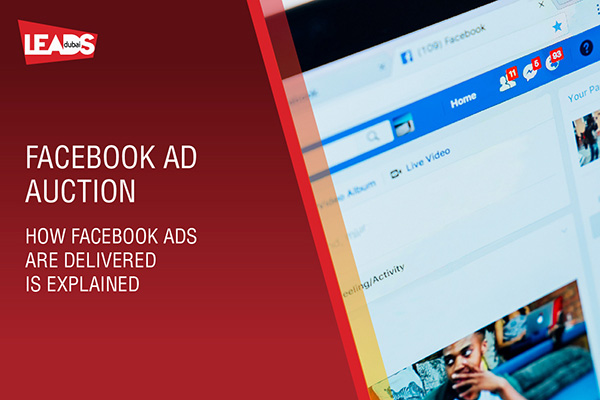
Facebook Ad Auction Explained. See how Facebook shows your ads
Facebook ad auction formula helps show your ads to a user based on many factors. Through this blog, we are trying to explain how to get your ads to be shown to more people in a cost-effective way.
When Facebook shows ads it tries to balance two things:
- Creating value for advertisers by helping them reach and get results from people in their target audiences.
- Providing positive, relevant experiences for people who use Facebook Products.
The Facebook Ad auction balance
To achieve this balance, Facebook holds an auction to match the right ad to the right person at the right time. That way, advertisers reach people receptive to their ads, while people see something that interests them. All ads on Facebook compete against each other, and our system selects the ad that creates the most total value as the winner.
Generally speaking, the more relevant the system predicts an ad will be to someone, the less it should cost the advertiser to show it to them.
The Facebook Ads learning phase
Each time one of your ads appears after winning in the auction, the delivery system learns more about the best people to target, times of day to show the ad, and placements and creatives to use. The more an ad appears, the better the delivery system optimizes the ad’s performance.
The learning phase is when the delivery system hasn’t learned enough for performance to stabilize. It occurs when you create a new ad set or make a significant edit to an existing ad or ad set. Ad sets exit the learning phase when their performance stabilizes.
In Facebook Ads Manager, the Delivery column reads Learning during the learning phase. Ad sets usually exit the learning phase after they receive approximately 50 results within 7 days. A smaller share of the budget spent in the learning phase typically results in a higher share of the budget spent on stable performance and a lower cost per result. For this reason, we recommend that you set up each ad set to get 50 results in 7 days.

Facebook Ad Auction Formula
The formula that determines the winning ad in an auction is written as:
[Advertiser Bid] x [Estimated Action Rates] + [User Value] = Total Value
Facebook ad auction ranks each eligible ad by its Total Value, and the ad with the highest Total Value wins. They include the bid you submitted when you set up your ad, our predictions about how the people in your audience will react to your ad and how relevant we think they’ll find your ad.
Estimated action rates
Each ad has an optimization event, often an action you want a person to take, such as clicking to a website or installing an app. Estimated action rates represent how likely we think someone is to take that action.
We base our estimates on the person’s previous actions and your ad’s historical performance data. This helps us deliver your ads to the people most likely to give you the result you care about.
Regardless of which action you choose to optimize for, we convert all advertiser values to an estimated CPM (eCPM) to allow us to rank ads with different optimization goals and bids.
Facebook advertising auctions also depend on the ad objective or the ad creative which performs the Facebook ad auction algorithm differently. If your ads are not shown to more people during 1 – 2 days, chances are it won’t show and it needs to be changed.
As a digital marketing company in UAE, we manage a social media marketing campaigns for our clients and advise them on the best practices which can help get better marketing results. Are you facing issues with your social media advertising?





